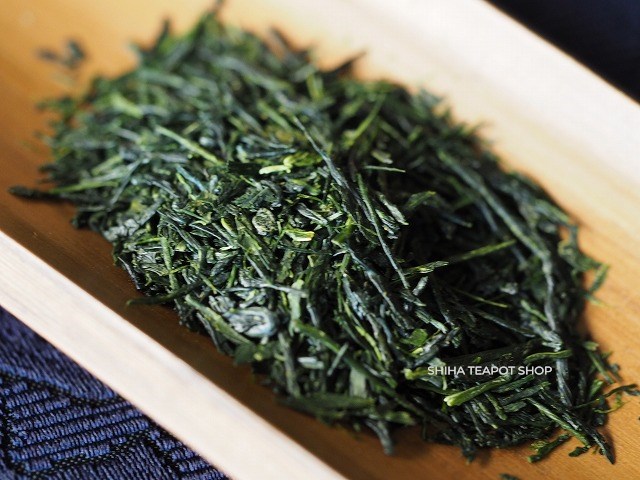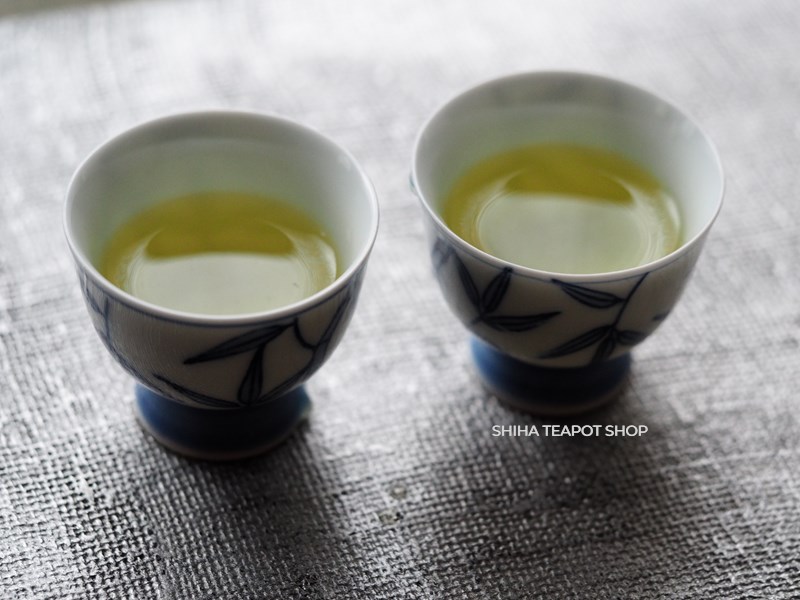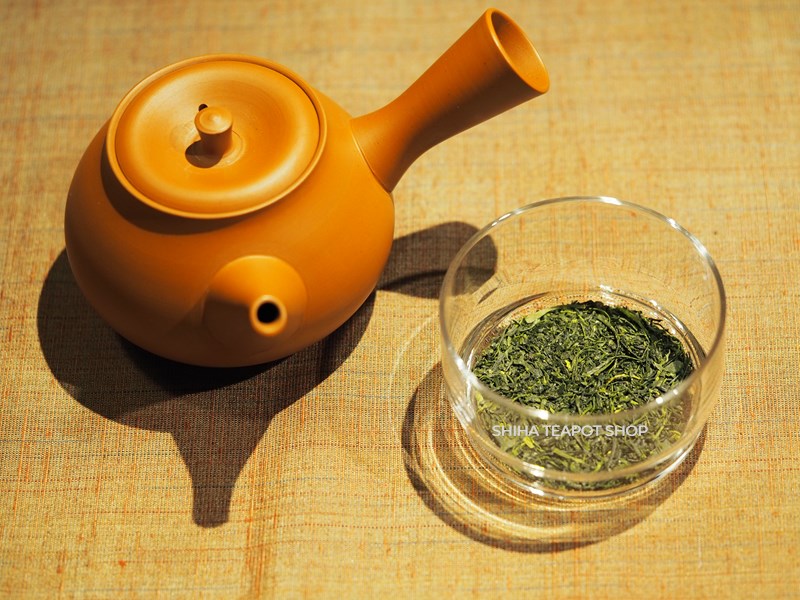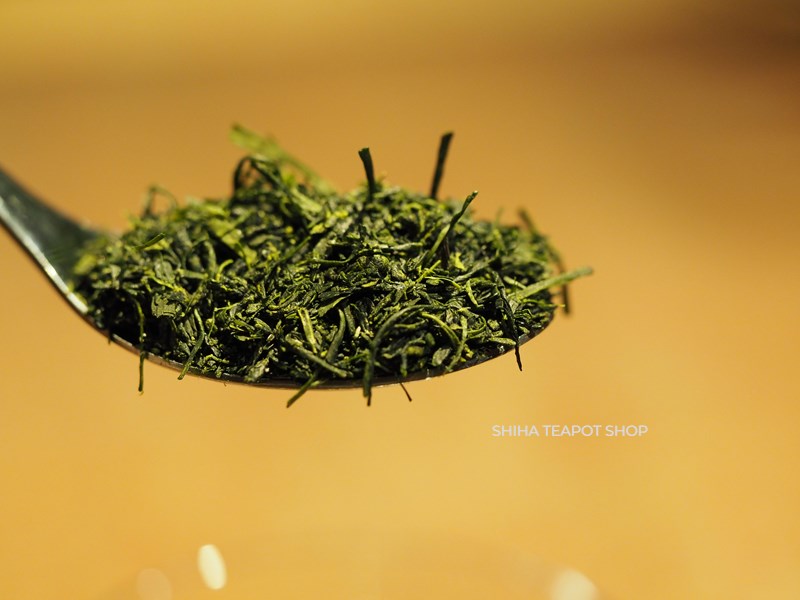Enhance Tea Flavor with Less Water
When brewing Japanese green tea leaves in a teapot, using a smaller amount of water generally results in better-tasting tea. For example, using 5 grams of tea leaves with 200 ml of water (or less) improves the flavor, and using 150 ml or 100 ml makes it even better. With less water, the tea becomes more concentrated with the same amount of tea leaves.

The Impact of Concentration on Flavor
This means that each sip contains a higher concentration of tea components, which enhances the flavor. The aroma and depth of taste become richer and more complex, leading to greater satisfaction with each sip.

When Tea Doesn’t Taste Right: The Impact of Water Volume
Here’s a case in point: A friend of mine said that the tea she bought didn’t taste good when she brewed it at home. However, when I brewed the same tea with 200 ml (or less) of water for her, it tasted much better, while she had likely used over 350 ml. If you buy good tea and it doesn’t taste as expected, try brewing it again with less water.
Other Key Factors for Perfect Tea
Of course, the amount of water is not the only factor. Water temperature and steeping time are also equally important.
Additionally, while many people don’t pay much attention to it, the strength of the water flow when pouring from the kettle into the teapot is also an important factor. The pressure of the water can sometimes extract astringency or undesirable flavors from green tea. It’s best to pour slowly to avoid moving the tea leaves around with the water.
The Ideal Size of Teapot
The ideal size for a teapot can vary depending on the type of tea and the number of people being served. For making tea for one person, a teapot with a capacity of 250 ml or less is generally recommended.
As I mentioned earlier, I use a 200 ml teapot for myself, typically with 4 grams of green tea leaves. Sometimes I fill it with 200 ml of water, but when I want a stronger brew, I may use only 100 ml or even 50 ml. The amount of water doesn’t always need to fill the teapot to its full capacity.


When using 100 ml of water, a teapot with a capacity of less than 200 ml often produces better results.
It’s also possible to use a teapot with a capacity of over 300 ml with just 100 ml of water. However, larger teapots can affect how quickly the water temperature drops and how the tea leaves steep, making them harder to control. With practice and technique, though, you can also make good tea even with larger teapots.
I believe it’s beneficial to experiment with different sizes and materials of teapots to see how they affect the flavor of the tea. Discovering your preferences can be quite enjoyable.
For making Japanese green tea, teapot without glaze such as Tokoname teapot is recommended. It significantly impacts the flavor. We’ll discuss this topic in more detail on another occasion!
[Recommendation] Reiko Teapot (Red Clay and Smoked Black)
This teapot is designed by Shiha Teapot Shop for tea lovers to be able to make best brewing. Please see the details at Reiko Teapot page https://shihateapot.com/collections/reiko

Thank you very much for reading.
Shiha Teapot Shop
shihateapot.com
